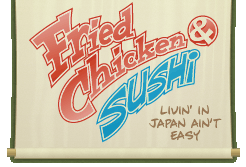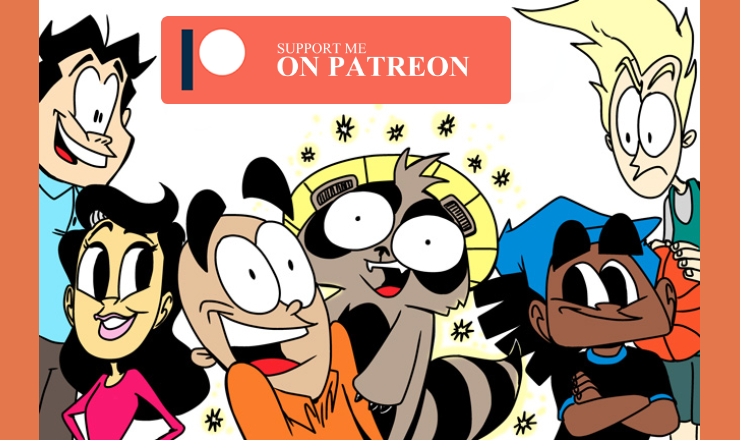Why I’m Okay With Japan Using Covid Relief Money for a Giant Squid Sculpture
/Image from CNN.com
Is a giant squid statue worth all the controversy it’s getting?
If you haven’t heard, in the coastal town of Noto, in Ishikawa, Japan, they spent $230,000 of the $6.2 million received from the government for Covid relief on a 43-foot sculpture of a flying squid. Could they have used their money on something more important — probably?
But I’m not mad.
In fact, I like that they spent some of their relief money on art. Mainly to promote tourism for their small fishing town. Apparently, the area is the center of squid fishing in Japan.
I never visited Noto while living in Japan. Still, now I’m interested in seeing the statue next time I can travel back to one of my favorite countries. Squid is a delicacy in Japan. Even though Americans might not be interested in eating it, it doesn’t mean the statue is a waste of money.
When it was unveiled, Japanese people were surprised by the timing, and so were people on Twitter. Guys, a ton of readers, most likely people who have never been to Japan, were upset about this giant flying squid.
According to this article by CNN news, someone commented, “No matter how you look at it, this is wrong. They have to return that money.”
Really? Is it that serious? Indeed, there are more important matters to get this upset about.
Here’s my take on why this isn’t such a huge deal.
Covid cases are low in Noto, Japan
In a town of around 16,000 residents, there have been fewer than 30 cases of Covid-19. Not that this is okay. It’s still a concern, but why can’t they take this opportunity to do something to put their area on the map?
I’m pretty sure that at the time this statue was approved and sculpted by the artist — most likely a year ago or so — Japan was doing pretty well controlling the virus. They probably thought it would be a positive way to celebrate victory over covid.
Unfortunately, cases have spiked in larger cities like Tokyo and Osaka, and hospitals have trouble keeping up with all the new patients. Scary times right now, for sure, and I’m hoping for the best. The Osaka area is my second home, and I want its citizens to stay healthy and the cases to drop.
Even though the statue’s unveiling timing is abysmal, I think they did what they thought was right when it was being created. Should we punish the town of Noto for that?
They need a way to attract tourism to keep their economy going strong
Even if Japan was doing well-handling covid, the virus was still causing huge dips in tourism. This town found an opportunity to provide funds to local artists and construction workers in this time of economic turmoil.
I bet this statue helped provide much-needed work while also investing in a new piece of fun, publicly accessible art — the perfect socially distanced tourist attraction.
Even I want to go and take a picture in front of it.
Japanese people love squid, and the sculpture will make visitors smile
Art is essential and beautiful. Squid is delicious and well-loved by the people of Japan. If a family visits the town of Noto, you know the kids will laugh and smile while taking pictures. Parents and couples will share their squid photos all over social media.
This statue will bring not only tourists to the area but excitement and joy.
It’s easy for people outside of Japan to hear about this and think it’s ridiculous. Why? Is this an easy way to take a cheap shot at Japan? With all the controversy over the summer Olympics, should we cancel them or not, here’s another reason to be angry at Japan. I say, calm down and let a town beautify itself.
In conclusion
There are plenty of frustrating things about living in Japan and the experiences I went through. I didn’t fully understand why it’s that way. Still, I smiled, and whatever it was, let it go. As a Black man, having middle school students rub my skin to see if the brown would come off, for example, was one of those.
If I compare that to a small town deciding to use the money for a wild, eye-catching work of art to put their area on the map, I say go for it.
I’m confident Noto, Japan is not a corrupt town. If they needed the money to help save lives in their area, they would have used it for that purpose. Japanese people are pretty in tune with the needs of the many. Especially compared to other parts of the world where the culture revolves around thinking more about ourselves.
If I had any issue, it would be with the government giving so much money to an area with so few covid cases. They could have passed some of that on to bigger cities. Or, saved it for emergencies like the spike in cases happening right now.
With all the negativity, fear, and death in the world, let’s try and see the good in a tiny town trying to make the best of it all with the help of art.













